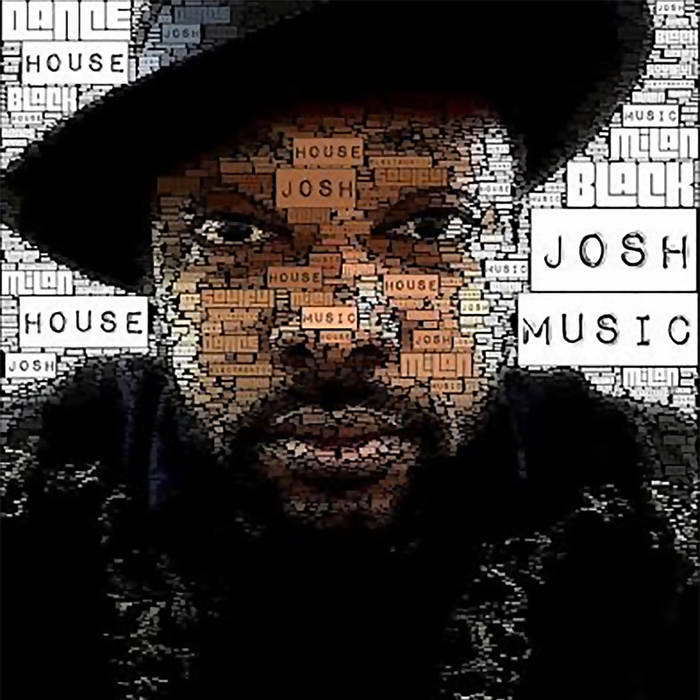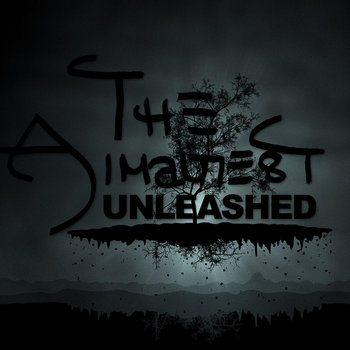
Written by Ryan Keeling — Are we in danger of accepting laziness in the DJ booth? Ryan Keeling thinks so.
Earlier this week, Richie Hawtin announced details of MODEL 1, the first product from his and Andy Rigby-Jones' PLAYdifferently brand. The "instrument" that was teased turned out to be a mixer, albeit one with tweaks to the standard blueprint. Most notably, there are no three-band EQs per channel—instead each gets its own hi- and low-pass filter, parametric mid-range EQ and overdrive effect. As Hawtin recently told Andrew Ryce in an interview at SXSW, the mixer emphasises sound quality and malleability, meaning that any type of DJ should be able to connect to MODEL 1 and have a great experience. Hawtin hopes the mixer will "unlock [DJs'] innate creativity" and "drive the electronic music community forward."

I haven't played on a MODEL 1, so at this point I can only say that I'm mildly sceptical. The mixer's USP seems to be the idea of sculpting (a term used on the unit itself) sound, with knobs to add or, far more commonly, remove frequencies from the tracks you're playing. This sonic flexibility will undoubtedly be an asset, but in real terms it's difficult to imagine how an alternative filtering method will be a catalyst for widespread innovation. There is, of course, already a mixer out there with a very broad range of frequency-manipulation options: Rane's MP2015. This one has quickly become a go-to for house and techno DJs, appearing in the booth at Panorama Bar, Concrete, Space, Zoo Project, Renate and others. But, as great a product as it is, it hasn't revolutionised DJing—and nor did Rane intend for it to.
This isn't a denigration of Richie Hawtin. The MODEL 1 could be an enormous success, and for all of his divisive side projects I think he still cares deeply about electronic music and its advancement. For me, his most salient point at SXSW was when he told Ryce about his inspiration for the mixer. "In my mind there isn't as much creativity as should be out there… And perhaps we're at a point where convenience has outweighed creativity."
He didn't mention it outright, but I assume he said this with the CDJ2000 Nexus in mind. Hawtin has said in the past that we're in a post-industry-standards age, a time of bespoke DJing solutions and individually tailored setups. Over the last few years, though, USB sticks and CDJs have shattered this theory to become, by some distance, the most popular way to DJ. This makes sense. The CDJs are an incredible (if expensive) bit of kit. Aside from occasional issues with Rekordbox, its proprietary software, the CDJ2000 Nexus is rock solid and stacked with features. It makes playing digital files extremely simple and fun.
But for me, the rise of CDJs, particularly in the worlds of house and techno, has come with a subtle but worrying cost. Despite the rich array of features they offer—which includes loops, multiple cue points, vinyl-style control and a super-wide pitch range—it seems like this new industry standard is slowly bringing with it a standard way of playing. It usually goes something like this: DJ selects a track from a folder, hits play at the appropriate time, brings the level up on the automatically-synced track, EQs to taste, brings out the original tune. Loops are sometimes used to afford infinite mixing time.
My issue is not that syncing = bad. I've enjoyed countless sets over the last few years where the DJ was syncing or not mixing at all. In the Lisbon club scene, DJs use free software to sync tracks with incredibly complex rhythms—usually tracks that were produced by the DJ or one of his or her crew—blending them together at breakneck speed. The best DJs in the experimental club music style move rapidly between genres and tempos using CDJs, their sets rarely adhering to standard beatmatching. I recently saw a DJ in Berlin sit in front of a laptop, cigarette hanging out of her mouth, using the trackpad to haphazardly mash together pop songs. The difference is that in all of these cases it felt like the very best way to present that music in that context.
In removing manual beatmatching, an engrained part of the culture, from house and techno, the aspect of hearing someone execute a skill they've spent years perfecting is lost and replaced with—well, for me, not much. In quantized, linear music like house and techno, the bumps of manual mixing breathe life into a set. In a straight choice between a set with mistakes and one without, I know which I'd choose. I could live to be 100 and still get a buzz from the nervous energy that's created by a DJ riding tracks to keep them in time. It's a laughably straightforward technique, but that's probably what makes its appeal so enduring. When we started the Art Of DJing feature series, we figured that even if we spoke to ten DJs who played with two turntables and a mixer, each would have his or her own subtle but distinctive approach to mixing records.
Take a DJ like Ricardo Villalobos. He keeps tracks in the mix for minutes at a time. He teases cuts that either appear hours later, or don't appear at all. He plays one long record and mixes several others through it. None of this would be noteworthy if instead of using his considerable technical abilities he hit a button to sync the tracks. It's tough to see how transferring a performative process from a human to a computer can result in a more compelling presentation, especially when the time that's saved isn't spent enhancing a set in other ways.
A common argument in favour of syncing CDJs is that it gives you more time to think about the next record. But have you ever actually seen a DJ in the act of this? I'd contest that the most common reason for using the feature is convenience—the technology is there, the club environment can be stressful, you don't want to mess up, you've had some drinks, so why not use it? But what about the veteran DJ who's been beatmatching for 20 years, what does she have to prove? Well, I'd say that she owes it to her audience to display the skill that got her to where she is in the first place. Many people on a dance floor may not know or care that a DJ is pressing a button to do the mixing for them, but should that be an excuse for taking the easy route? I'm sure given the choice, an overwhelming majority of people would choose to pay to hear someone who is displaying a talent, however simple, in real-time.
I should point out that I'm talking specifically here about the traditional style DJing, mixing track B into track A. There is, of course, a whole other side of DJing that aligns itself closer to live performance, a style of which Hawtin is an advocate. DJs like Surgeon, Paula Temple, Speedy J and Chris Liebing use individual technological solutions to do things that are not possible with a standard CDJs or turntable setup. When this style is done well, the DJ is, in effect, improvising, pulling tracks apart and reassembling them in new and interesting ways. My feeling is that more could be done to audibly show the audience how this technique affects the tracks and parts of tracks that are being played, but regardless of this, there's no question that syncing the music is vital to this type of performance.
Amid the noise of MODEL 1's marketing slogans, which fall in line with the way most DJ products are sold these days—unleash your creativity!—as well as the ongoing debate over the merits of DJing's different formats, I've come to believe that there is a single, unifying idea that can point the way forward: striving for excellence.
There isn't a single style of DJing that wouldn't be improved by displaying mastery of (at least) one aspect of the discipline, whether that means digging for overlooked music, playing your own tracks, learning a bespoke setup, scratching like QBert or, yes, beatmatching. It looks like the CDJ is here to stay, so why not see what it can do? DJs like EZ, James Zabiela, Karizma, A.G. Cook, M.E.S.H., Kenny Dope, Black Coffee, Venus X, Terrence Parker and many others have shown the endless possibilities of using and abusing the unit. Sure, these are what you might call "flair DJs," their styles not suited to, say, a gently evolving deep house set. But is robotically tying the tracks together not a bad fit for deep house as well? Even if your aim is to play a straightforward techno set on CDJs, the choice to sync tracks (or even look at the BPM counters every mix) is not being forced upon you.
At a time when the image of the DJ has never been more maligned and misunderstood in popular culture, I worry that the part of the scene that's popularly referred to as the underground could come to embody the lazy, "pressing play" stereotypes that outsiders so often associate with dance music.
Click here to read from this article's source.












































